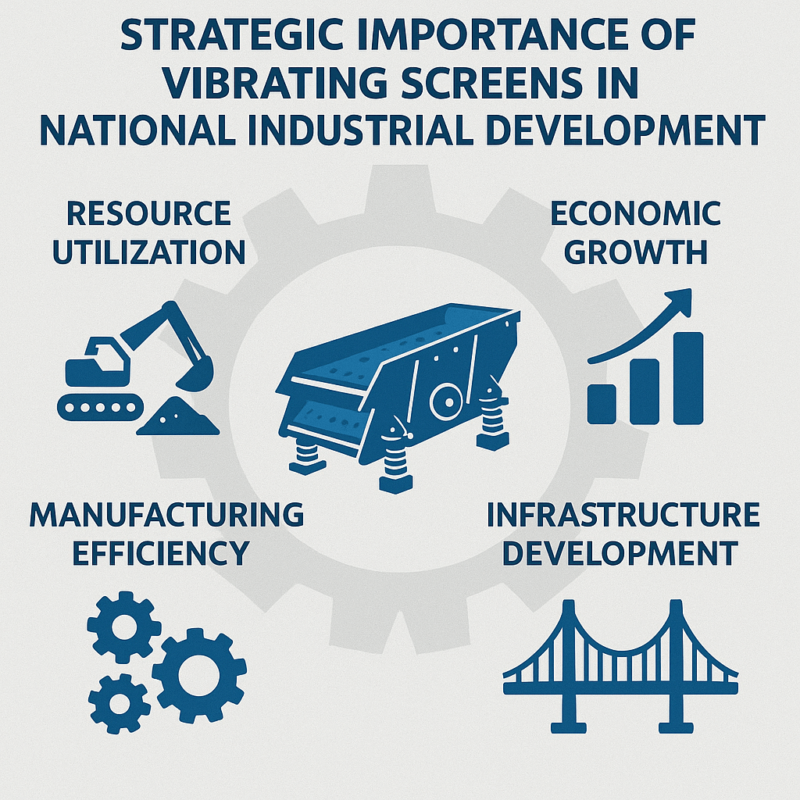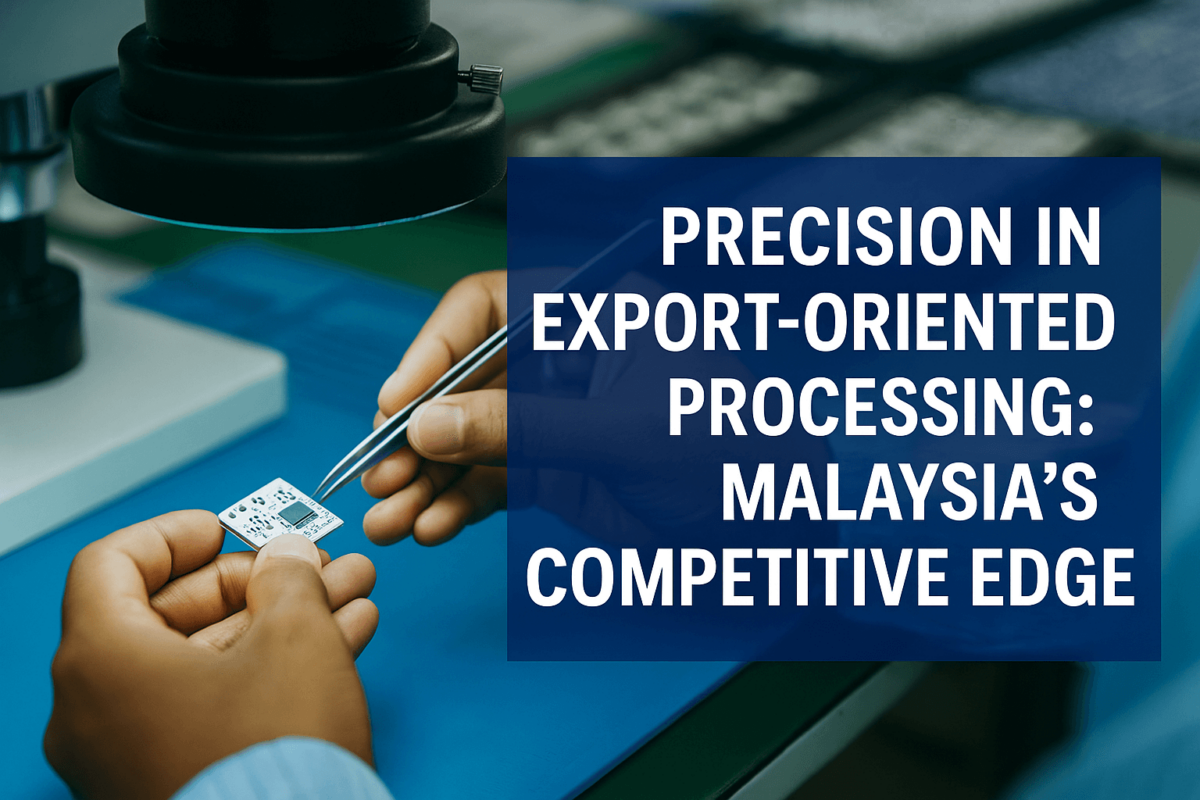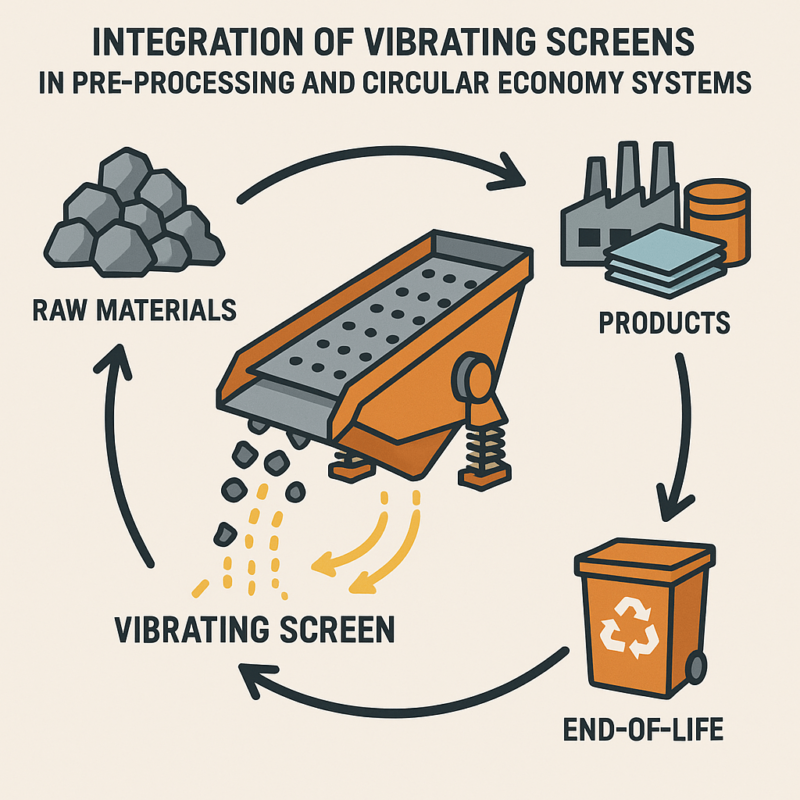I. Strategic Importance of Vibrating Screens in National Industrial Development
In the landscape of large-scale infrastructure and technological advancement, vibrating screen technology has emerged as an essential linchpin in material processing chains. Governments worldwide, especially those investing in energy transition and industrial upgrading, are leveraging high-efficiency screening systems to meet rising demands in quality control, environmental standards, and resource optimization. The deployment of next-generation vibrating screens in battery metal powder applications has become increasingly strategic—particularly for emerging economies with ambitions to dominate niche technological frontiers.
In Malaysia, a nation rapidly ascending the global battery production value chain, the deployment of advanced vibratory screening systems is both pragmatic and forward-looking. The country’s expansive efforts in lithium, cobalt, and nickel powder refinement necessitate equipment capable of maintaining stringent material standards. The use of vibrating screens not only ensures particle precision but also enhances downstream efficiency in shaping, classification, and product stabilization. Given the sensitivity of battery chemistry to contaminants and grain size variance, screening before classification and shaping processing is no longer optional—it is imperative.
A critical strength of modern systems lies in their adaptability to different particle morphologies and densities. Whether applied in high-volume cathode material plants or rare-earth recovery facilities, vibrating screens exhibit unparalleled performance in deagglomeration and stratification. Industrial processors rely on precision equipment such as the sieve shaker machine and commercial sieve machine to facilitate these processes. The resulting improvements in process yield, powder flowability, and uniformity directly influence the commercial and functional value of refined materials—making vibrating screens indispensable to national-scale battery metal projects.

II. Precision in Export-Oriented Processing: Malaysia’s Competitive Edge
As global demand for energy storage materials accelerates, Southeast Asian economies are realigning industrial priorities to serve the burgeoning lithium-ion battery market. Within this arena, Malaysia has positioned itself as a premier hub for advanced materials processing. Export contracts now commonly require not only volume guarantees but also microscopic uniformity and zero-contaminant thresholds. In such an exacting landscape, vibrating screens serve as crucial quality assurance instruments.
High-frequency, multi-deck vibratory systems are especially suitable for fine screening during export of battery-grade powders. These screens differentiate particle size fractions with hyperfine precision—often below 100 microns. This capability is vital for fulfilling the rigid granulometric specifications set by overseas clients in Japan, South Korea, and Europe. Leading Malaysian exporters integrate multi-stage screening procedures to screen out lumps and improve uniformity, thereby minimizing agglomerates that can compromise electrode formulation.
Furthermore, these screens play a pivotal role after shelling, grade and sieve out impurities in key raw materials such as graphite, manganese, or aluminum hydroxide. Prior to surface modification or coating, materials are often subjected to multi-phase vibratory classification that ensures absolute removal of oversized particulates and embedded metallic residues. These impurities, if left untreated, may catalyze battery degradation or safety failures.
The evolution of the sieve shaker machine has significantly contributed to Malaysia’s export-readiness. Enhanced with variable frequency drives, automated mesh cleaning systems, and programmable sortation algorithms, these machines allow producers to maintain throughput without sacrificing precision. The integration of AI-powered diagnostics further minimizes downtime and maximizes operational consistency—a key consideration in export-grade production cycles. This high-caliber equipment underscores why Malaysia continues to gain traction in battery metal supply contracts across the globe.

III. Integration of Vibrating Screens in Pre-Processing and Circular Economy Systems

The contemporary industrial ecosystem increasingly depends on the synergy between precision engineering and sustainable resource management. Vibrating screens, once relegated to basic sieving tasks, are now central to advanced material valorization strategies in national projects. Their integration into upstream and midstream processes reflects a paradigm shift—where screening technology forms the backbone of closed-loop manufacturing, especially in the battery sector.
Material preprocessing, often overlooked in conventional schemes, now garners significant attention. For example, in precursor manufacturing facilities for lithium iron phosphate (LFP), screening before classification and shaping processing guarantees consistent crystal structure formation. Irregular particles introduced into the mixing stage can jeopardize cathode performance, resulting in lower energy density or increased impedance. By utilizing high-efficiency systems such as the commercial sieve machine, operators can achieve unprecedented control over feedstock morphology, a decisive factor in battery performance.
Moreover, vibrating screens facilitate vital steps in circular economy frameworks. Recycled materials, especially those sourced from black mass (post-use battery scrap), require meticulous impurity removal before re-entering the production loop. Here, screens are used after shelling, grade and sieve out impurities, enabling selective recovery of valuable components like lithium carbonate and cobalt sulfates. These processes help national projects reduce dependence on raw material imports, increase resource efficiency, and lower environmental impact.
The latest generation of sieve shaker machine technology includes smart sensors capable of detecting mesh saturation, moisture-induced clumping, and density anomalies in real time. This intelligence ensures that irregularities are addressed proactively, thus preserving the purity of the screened batch. It also reduces operator intervention, making these systems ideal for large-scale facilities that run continuous 24/7 operations.
In short, vibrating screen technologies have transcended their original roles, becoming vital enablers of material quality, process efficiency, and sustainable production. For countries like Malaysia, which are balancing industrial growth with environmental commitments, the sophistication and adaptability of these screening systems offer an indispensable advantage.

